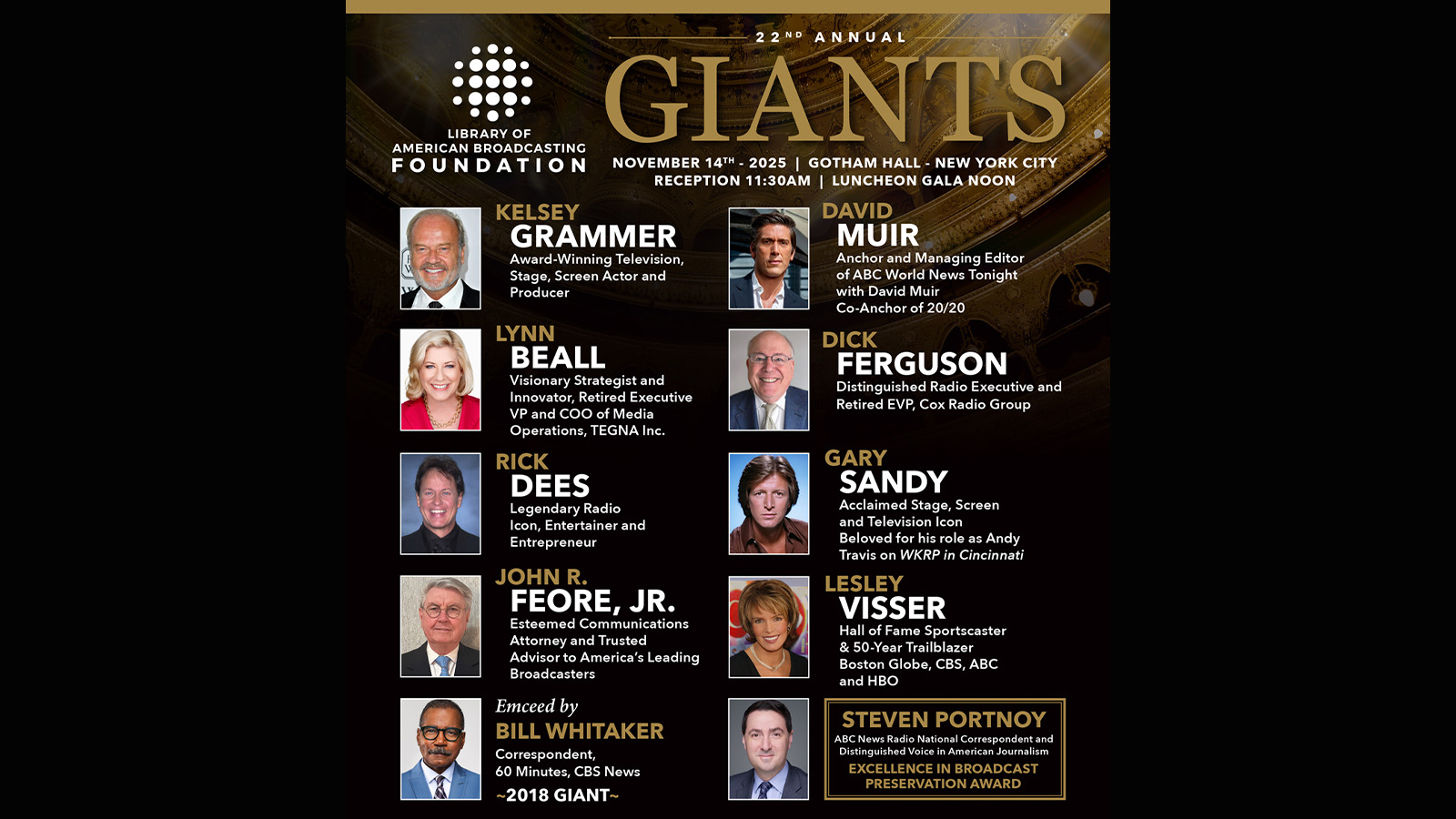FCC Wraps Up White Space Rulemaking, Shure Opposes Move
Audio company says use of vacant TV channels “still controversial”

WASHINGTON—The FCC announced that it is closing its five-year-plus rulemaking on the use of unlicensed devices in vacant TV channels (so-called “white spaces”).
Although the commission took action on the specific NPRM issued in July 2015, (“Preserving Vacant Channels in the UHF Television Band for Unlicensed Use”), the issue of using vacant TV channels for unlicensed devices had been percolating for more than a decade. The commission adopted new rules that took effect in 2011 that provided protection for TV signals, reservation of two channels for wireless microphones and technical rules for the devices, e.g., power levels and the method for identifying unoccupied spectrum.
NAB and related broadcast groups initially opposed the use of unlicensed white space devices (WSDs) in vacant TV channels, saying that the use of such devices would interfere with TV signals and wireless microphone systems. In the ensuing years, the commission established a database tracking white space devices and imposed requirements that devicemakers include geo-location technology to avoid interference.
The FCC said actions it has taken since 2015, as well as the changing landscape of broadcast spectrum, particularly since the Incentive Auction of 2017, are among the reasons to close the proceeding.
“While we continue to support unlicensed white space devices and wireless microphone user operations and continue to believe they serve important interests,” the FCC said, “based on the record of this proceeding and in light of other actions we have taken during the years since the rules were proposed, coupled with the increased burden that the 2015 proposal would place on the use by broadcasters of spectrum in the more consolidated TV band that now exists following the Incentive Auction, we find that the rules proposed in the 2015 NPRM would not serve the public interest.”
“The Incentive Auction established a more efficient spectrum plan and preserved a robust broadcast television industry,” the commission added.
The NAB too, supported this week’s FCC decision.
Get the TV Tech Newsletter
The professional video industry's #1 source for news, trends and product and tech information. Sign up below.
“The only new fact before the commission in years in this proceeding is the reduction of available channels due to the incentive auction and repack,” NAB told the commission, asserting that “there is no reason to continue to dedicate commission resources to this long dormant proceeding,” urging “the commission to disregard as moot comments seeking to prolong the inevitable, and to promptly close this docket.”
Audio company Shure was among the holdouts, though.
Shure “requests that the FCC refrain from taking any further action at this time on the controversial matter of determining the proper course of action with respect to preservation of one or more vacant channels in the UHF TV Band for use by wireless microphones and TV White Space devices (‘WSDs’) and the terms of such use,” the company told the commission.
Shure said the issue is still “controversial,” and that the FCC’s actions to terminate the rulemaking process “raises important public interest issues and involves a variety of stakeholders with different concerns regarding the appropriate resolution.
“If anything, the case for reserving a vacant channel is even stronger now than it was in 2015 due to intervening developments that have adversely affected the wireless microphone community,” Shure added. “Just this past year, for example, wireless microphone users have had to cope with the 600 MHz transition, significant relaxations of the restrictions on use of TV White Space devices and the looming potential issue of DTS spillover (in addition to the devastating economic impact of the pandemic on the entire live events industry).”
Tom has covered the broadcast technology market for the past 25 years, including three years handling member communications for the National Association of Broadcasters followed by a year as editor of Video Technology News and DTV Business executive newsletters for Phillips Publishing. In 1999 he launched digitalbroadcasting.com for internet B2B portal Verticalnet. He is also a charter member of the CTA's Academy of Digital TV Pioneers. Since 2001, he has been editor-in-chief of TV Tech (www.tvtech.com), the leading source of news and information on broadcast and related media technology and is a frequent contributor and moderator to the brand’s Tech Leadership events.

